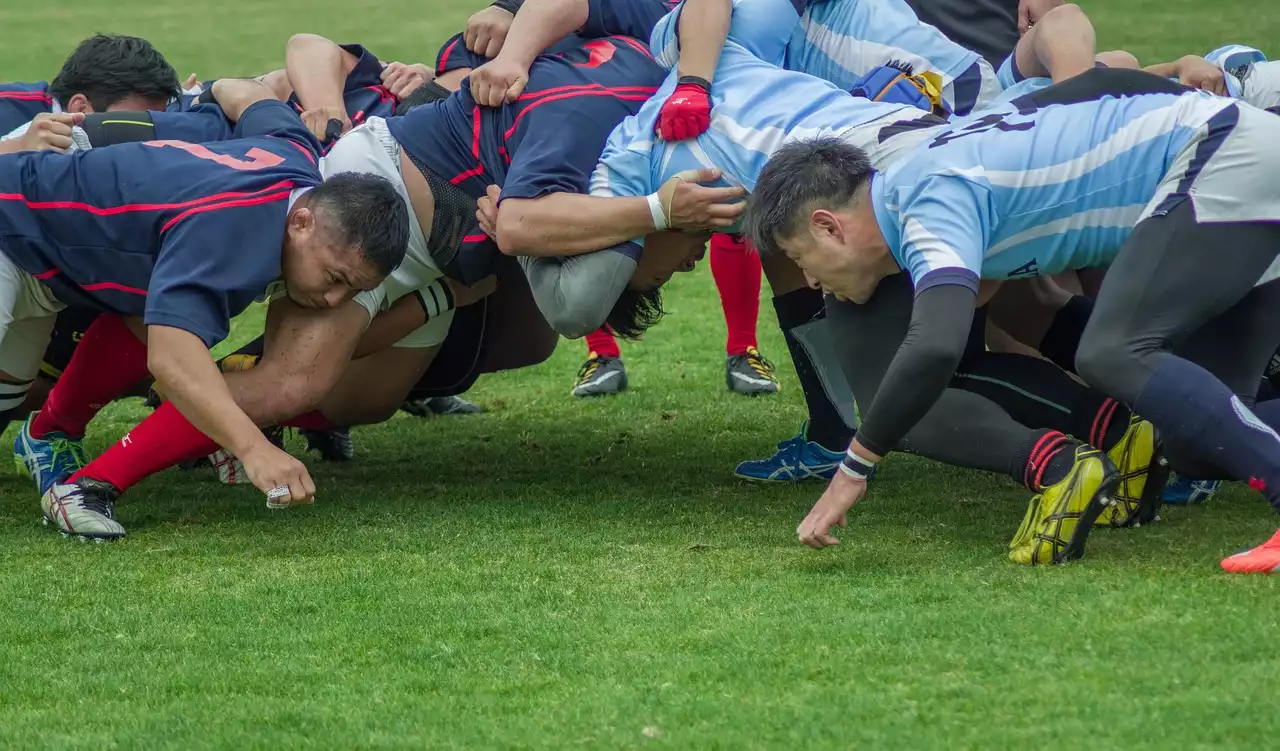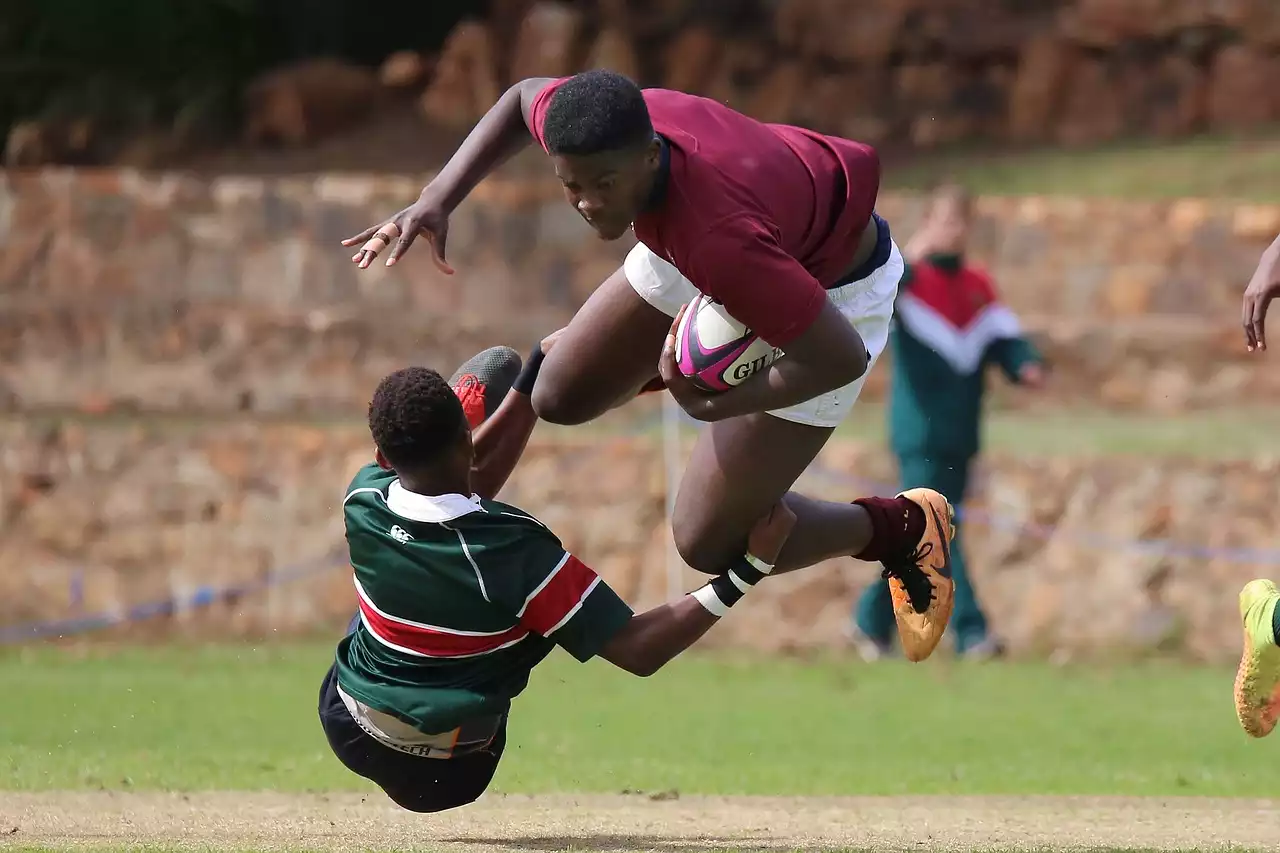Regulations of the Game
The regulations of rugby union are defined by the International Rugby Board (IRB). These regulations are intended to ensure that the game is played fairly and safely regulations also outline the rules of the game and the laws that must be followed by players and officials alike. The regulations include the size of the pitch, the size of the ball, the positions on the pitch, the scoring of the game, and the rules for scrums, line-outs, rucks, mauls, handling the ball, tackling, offsides, fouls, and penalties. All players and officials need to familiarise themselves with these regulations to play the game safely and successfully.
The IRB also sets out regulations for the playing equipment that must be used during a rugby union game. These regulations include the size, shape, and weight of the ball, the type of clothing worn by players, the type of footwear worn by players, and the type of protective gear worn by players. All of these regulations are designed to ensure the safety of all players involved in the game.
The Rugby Union Pitch
The rugby union pitch is an oval-shaped field that is 100 meters long and 70 meters wide. The pitch is divided into two halves by a halfway line, and each team is responsible for defending its pitch. The e-pitch is also marked with several, which are used to indicate the positions of the players on the field. The try line indicates where a try is scored, the 22-meter line is used to determine offside positions, and the 10-meter line is used to determine the distance that the scrum must be set up.
The pitch also includes two goalposts, which are used to indicate where a goal can be scored. The goalposts are positioned at each end of the pitch and are 5.6 meters apart. The goalposts are also marked with a crossbar, which is 3 meters above the ground.
The Rugby Union Ball
The rugby union ball is an oval-shaped ball that is made of leather or synthetic material. The ball must be no larger than 28 centimeters in length and 58 centimeters in circumference. The ball must also weigh between 410 and 460 grams.
The ball is used for passing, kicking, and scoring. The ball must be properly inflated before a game and must remain inflated for the duration of the game. A deflated ball must be replaced immediately.
Scoring in Rugby Union
There are three ways to score points in rugby union. The most common way to score points is by scoring a try, which is worth five points. A try is scored when a player touches the ball down in the opponent's goal area. The second way to score points is by kicking a conversion, which is worth two points. A conversion is scored when a player kicks the ball between the uprights of the goalposts. The third way to score points is by kicking a penalty goal, which is also worth two points. A penalty goal is scored when a player kicks the ball between the uprights of the goalposts.
Rules for the Scrum
The scrum is a set piece of play in which two teams of eight players each form a pack and attempt to gain possession of the ball. The scrum must be formed at least 10 meters away from the goal line. Each team must have at least three players in the front row, two in the second row, and three in the back row. The hooker is responsible for putting the ball into play, while the scrum half is responsible for retrieving the ball from the back of the scrum.
The scrum must be formed with the heads of the players from each team facing each other. The scrum must also be formed with the heads of the players at the same height. The players must then bind together and attempt to push the opposition pack backward toward the goal line. The team that can push the other pack backward the furthest is awarded possession of the ball.
Rules for the Line-Out
The line-out is a set piece of play in which two teams of seven players each form two lines and attempt to gain possession of the ball. The line-out must be formed at least 10 meters away from the goal line. Each team must have at least two players in each line. The players in the line-out must then bind together and attempt to catch or lift the ball from the air. The team that can catch or lift the ball the highest is awarded possession of the ball.
The players in the line-out must also adhere to certain rules. The players must ensure that they remain at least one meter apart and they must not obstruct the view of the opposition. The player who is throwing the ball must also ensure that it is thrown in a straight line. If the ball is thrown in an arc, the line-out is deemed to have failed and the opposition is awarded possession of the ball.
Rules for the Ruck and Maul
The ruck and maul are two different forms of play in which two teams of eight players each attempt to gain possession of the ball. The ruck is a set piece of play in which the players from each team bind together in an attempt to gain possession of the ball. A maul is a form of play in which the players from each team bind together and attempt to drive the opposition backward toward the goal line.
The players in the ruck and maul must adhere to certain rules. The players must ensure that they remain at least one meter apart and they must not obstruct the view of the opposition. The players must also ensure that the ball is kept on the ground and that it is not kicked. If a player does kick the ball, the ruck or maul is deemed to have failed and the opposition is awarded possession of the ball.
Rules for Handling the Ball
Rugby union is a game that involves a lot of handling of the ball. The players must ensure that they handle the ball safely and responsibly at all times. The players must not throw or kick the ball recklessly and they must ensure that the ball is passed in a straight line. The players must also ensure that they do not pass the ball forward and they must not hold onto the ball for longer than necessary.
The players must also ensure that they do not obstruct the view of the opposition when handling the ball. If a player does obstruct the view of the opposition, the player can be penalized and the opposition can be awarded a free kick.
Rules for Tackling
Tackling is a key aspect of rugby union and players must understand and adhere to the rules of tackling. The players must ensure that they tackle safely and responsibly at all times. The players must not tackle recklessly and they must ensure that they do not tackle from behind. The players must also ensure that they do not tackle dangerously and they must not tackle an opponent who is in the air.
If a player does tackle an opponent dangerously, the player can be penalized and the opposition can be awarded a free kick. The player can also be sent off and the team can be reduced to 14 players.
Rules for Offsides
Offsides is a rule in rugby unions that prevents players from gaining an unfair advantage. The players must remain behind their teammates and they must not be in front of the ball when it is kicked. If a player is in front of the ball when it is kicked, the player can be penalized and the opposition can be awarded a free kick.
The players must also ensure that they remain behind the 22-meter line when they are defending. If a player is in front of the 22-meter line when the opposition is attacking, the player can be penalized and the opposition can be awarded a free kick.
Rules for Fouls and Penalties
Fouls and penalties are a feature of rugby union and players must adhere to the rules to lay the game safely and fairly. If a player commits a foul, the player can be penalized and the opposition can be awarded a free kick. The types of fouls that can be committed in rugby union include dangerous play, obstruction, kicking the ball, punching, and dangerously handling the ball
The players must also abide by the rules to void being penalized. If a player commits a penalty, the player can be penalized and the opposition can be awarded a free kick. The types of penalties that can be committed in rugby union include offsides, dangerous play, obstruction, kicking the ball, punching, and dangerously handling the ball










